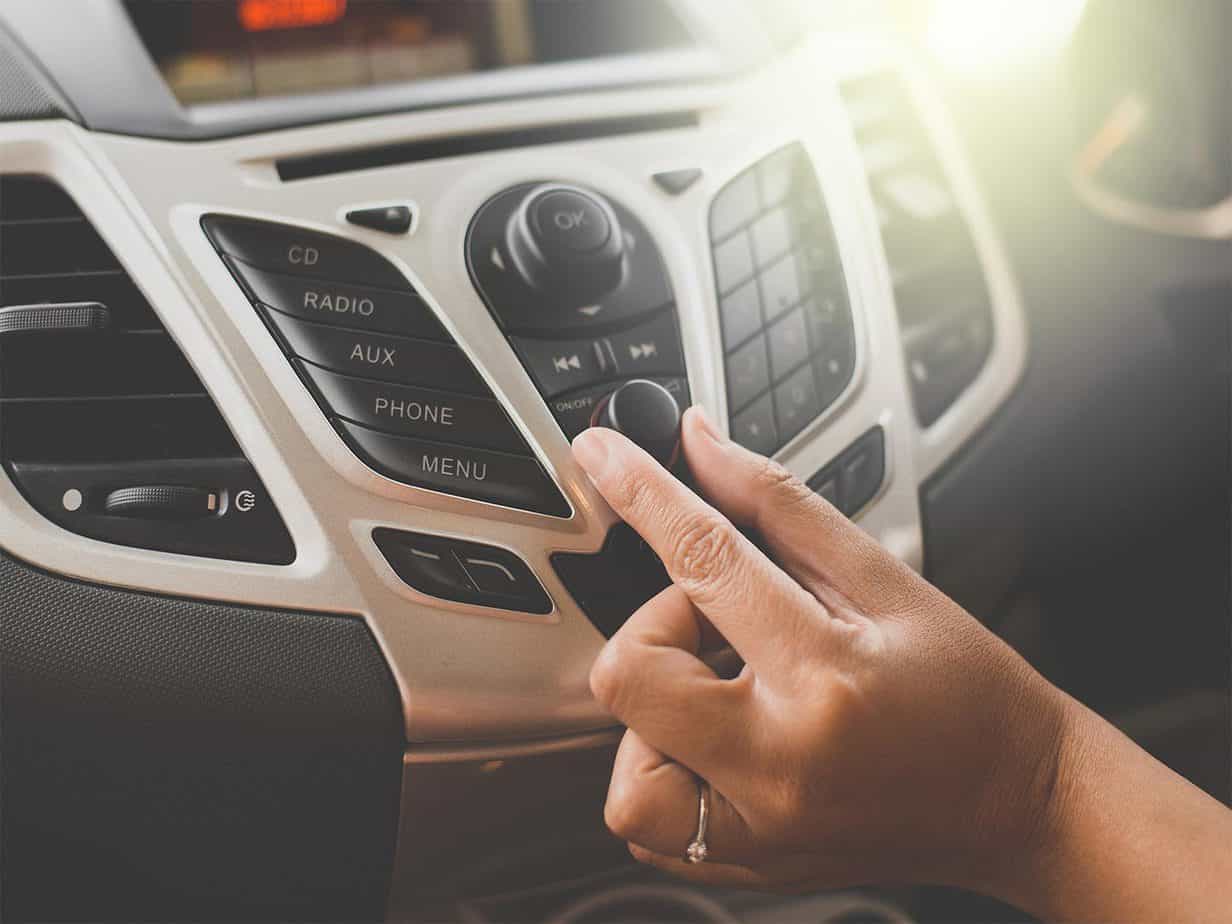
Digital advertising, especially social media, seems be the darling of the pundits these days. While the experts are all excited about shiny new media objects, the rest of us are commuting to work, waiting on customers at the store counter, or cleaning house. At the same time, we're also using traditional media. According to eMarketer’s latest study results, the average U.S. adult is tuned into the local radio station for an hour and 26 minutes every day. And then, there's the four hours of daily non-digital TV viewing that most of us do.
That amount of time spent with traditional media translates into huge opportunity for your clients. Placing a spot in between this week’s top hits or between the segments that cover weather and traffic can capture the listening audience. Those spots will ultimately drive traffic for retail stores and restaurants. The same holds true for TV ads that run on the local news or entertainment programs.
eMarketer analysts point out that this year’s hot category may be non-voice mobile. Marketers already funnel over 30% of their ad dollars to mobile. By next year, that amount may well reach over 38% of budgets on mobile-based campaigns. Marketers want to be on the leading edge with their messaging. But, they should take a step back and analyze how much media time consumers spend with mobile – about 30.4%. This difference likely means that the investment in mobile may not be delivering the kind of ROI your clients are hoping for.
As we start 2018, your clients are mapping out how they’ll allocate their ad dollars across formats. Remind them that “media consumption is in something of a lull until the Next Big Thing comes along.” Analysts don’t see any huge changes in how consumers use their media time this year. With a set pattern in place, advise your clients to be careful not to cut their traditional media placements in favor of digital formats, which aren’t likely to gain huge jumps in consumer attention.
